George Stubbs’ Anatomical Studies
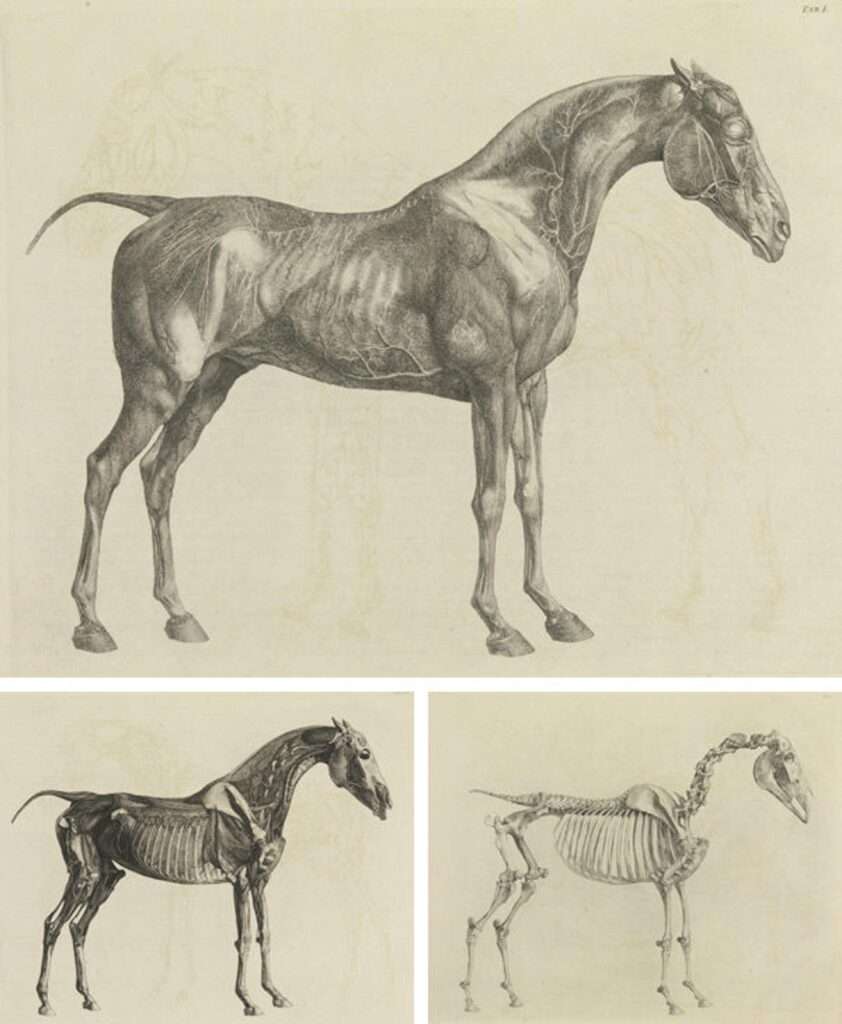
George Stubbs, the renowned 18th-century British painter, revolutionized equine art through his meticulous anatomical studies of horses. In 1756, Stubbs embarked on an ambitious 18-month project, dissecting horse carcasses to gain a profound understanding of equine anatomy1. His groundbreaking work culminated in the publication of “The Anatomy of the Horse” in 1766, featuring 18 intricate engravings that set a new standard for anatomical precision in animal art12.Stubbs’ dedication to anatomical accuracy had a lasting impact on equine art:
-
- His studies enabled him to create lifelike horse portraits with unprecedented realism
-
- The anatomical knowledge informed his masterpieces, such as “Whistlejacket” (c. 1762)
-
- His work influenced subsequent generations of artists, elevating the standards for equine representation in art2
Cultural Horse Symbolism
Horses have held profound symbolic significance across diverse cultures throughout history. In Native American traditions, horses represent wisdom and freedom, often seen as spiritual guides1. Hindu mythology reveres the white horse Uchaishravas as a symbol of loyalty and power, associated with the god Indra2. Chinese culture views horses as emblems of strength and success, with the horse being the seventh animal in the Chinese Zodiac3.In Western cultures, horses have symbolized various concepts:
-
- Ancient Greeks associated winged horses like Pegasus with poetic inspiration and divine connection3
-
- Celtic traditions saw horses as bringers of good fortune, particularly white horses2
-
- Medieval European chivalry linked horses to nobility and valor3
-
- In modern times, wild horses often represent untamed spirit and independence4
These diverse interpretations highlight the horse’s enduring role as a powerful cultural symbol, embodying qualities from freedom and strength to wisdom and divinity across different societies.
Evolution of Equine Art
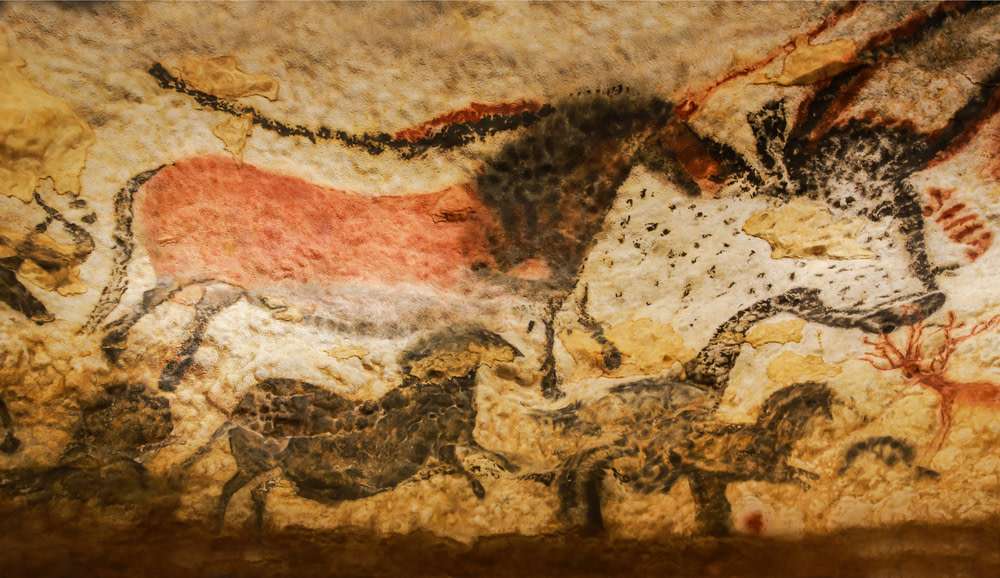
The evolution of horse art spans millennia, reflecting humanity’s enduring fascination with these majestic creatures. Prehistoric cave paintings, such as those found in Lascaux, France, dating back 17,000 years, showcase remarkably detailed depictions of horses, demonstrating early humans’ keen observational skills1. These ancient artists captured the essence of horses with surprising accuracy, using natural pigments to create lifelike representations2.As civilizations advanced, so did equine artistry. Classical Greek and Roman periods elevated horses to symbols of power and beauty, immortalizing them in sculptures like the Horses of Saint Mark3. The Renaissance saw a resurgence of equine subjects, with masters like Leonardo da Vinci studying horse anatomy in unprecedented detail2. In modern times, while horses feature less prominently in art due to their diminished role in transportation and warfare, they continue to inspire artists in various forms, from racing scenes to nostalgic rural depictions3. Contemporary artists often explore horses as symbols of freedom and power, continuing the animal’s rich artistic legacy across cultures and time3.
Romanticism’s Equine Influence
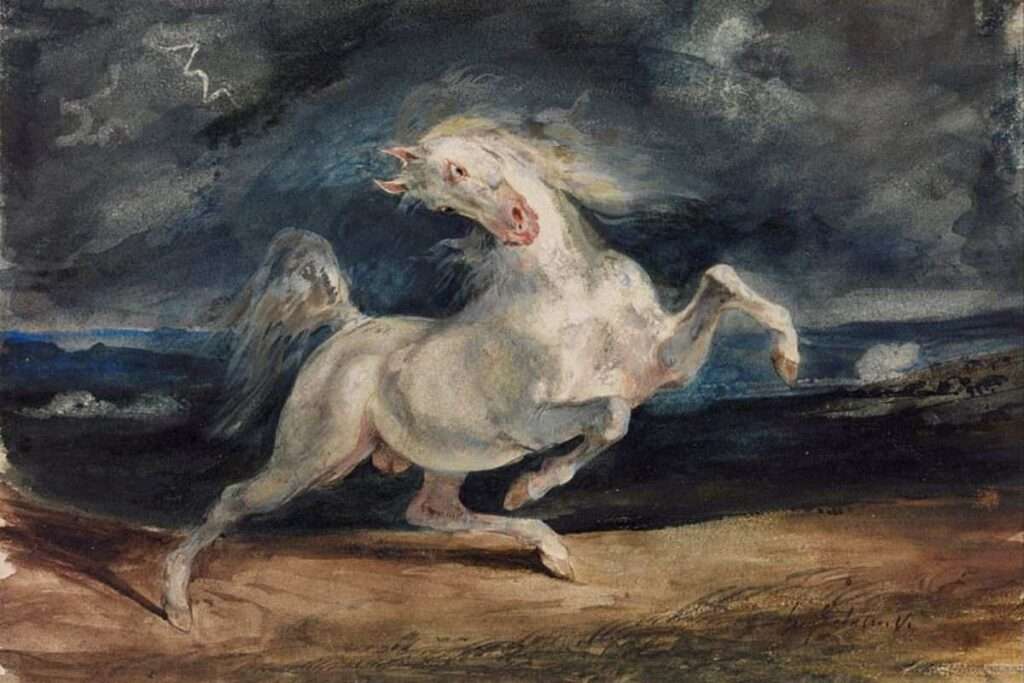
Romanticism brought a new perspective to equine art, emphasizing emotion, drama, and the untamed power of nature. French artists Théodore Géricault and Eugène Delacroix were at the forefront of this movement, creating iconic horse paintings that captured the spirit of the era12:
-
- Géricault’s works, such as “The Derby” (1821), showcased horses in dynamic, energetic poses, breaking away from the rigid formality of earlier equestrian portraits3.
-
- Delacroix’s “Horse Frightened by Lightning” (1825) exemplified the Romantic fascination with nature’s raw power and its effect on both animals and humans1.
These artists’ portrayals of horses as wild, passionate creatures reflected the Romantic ideals of freedom and individuality, influencing subsequent generations of painters and sculptors4. Their work marked a significant shift from the controlled, aristocratic depictions of horses in previous artistic periods to more emotive and expressive representations5.
Egyptian Riding Adventures
For those inspired by the rich history of horses in art, iRide Egypt offers a unique opportunity to experience these majestic animals firsthand. This premium horseback riding service provides adventures across Egypt’s most stunning locations, combining traditional Egyptian horsemanship with modern safety standards 1.
Visitors can explore breathtaking landscapes, from the iconic Pyramids of Giza to serene desert trails and picturesque waterfront routes1.
iRide Egypt caters to riders of all skill levels, ensuring unforgettable experiences for both novices and experienced equestrians. The company offers:
- Carefully curated riding experiences tailored to different abilities
- Professional guides and well-trained horses, including beautiful Arabian stallions
- Optional professional photo shoots to capture your equestrian adventure
- Airport transfers and safety equipment provided 1
Riders have praised iRide Egypt for their exceptional service, with many highlighting the knowledgeable staff, well-cared-for horses, and the unique opportunity to ride near ancient wonders like the Pyramids1. This hands-on experience allows art enthusiasts to connect with horses in a way that brings centuries of equine artistry to life.
— iRide Egypt

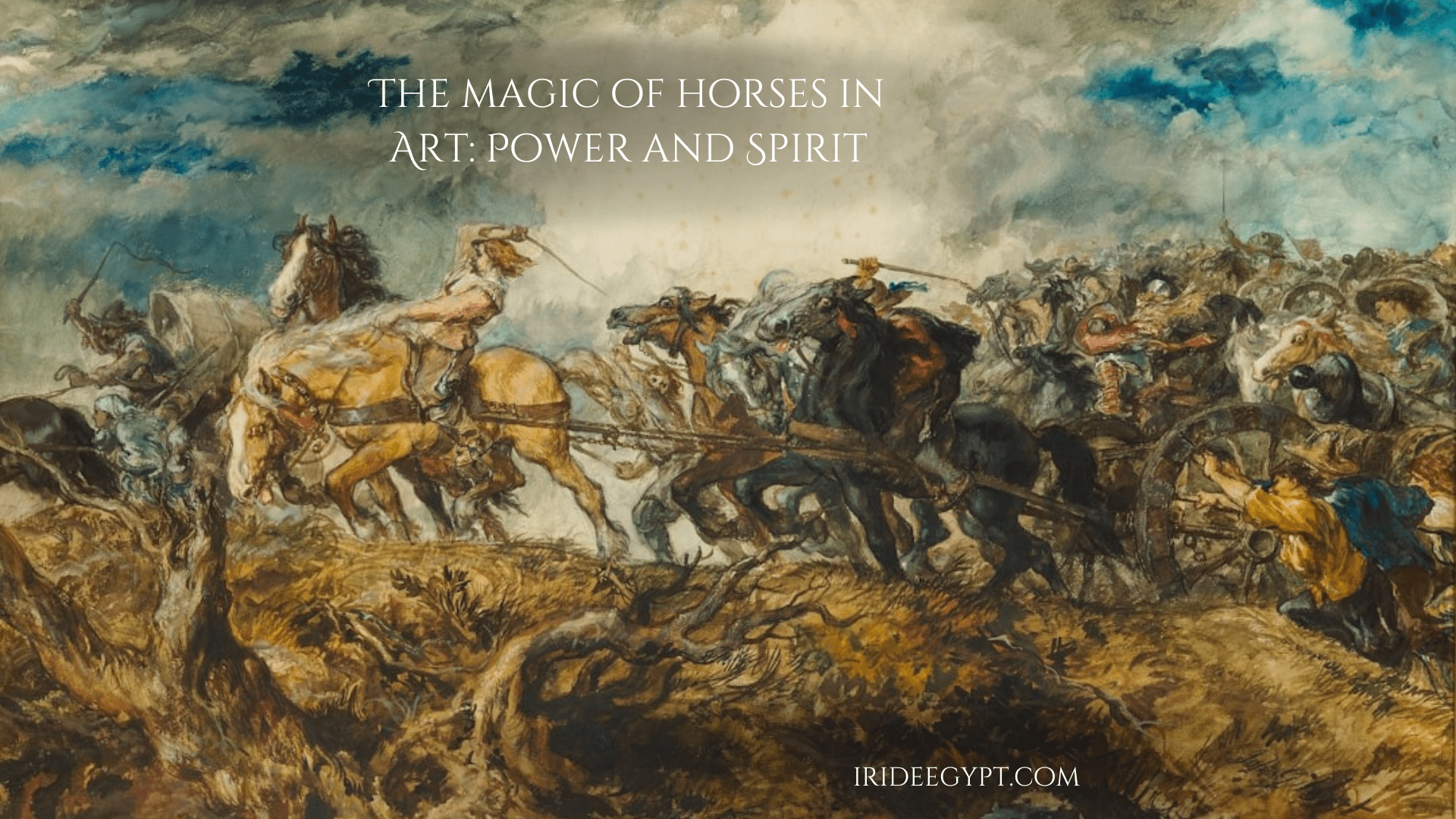
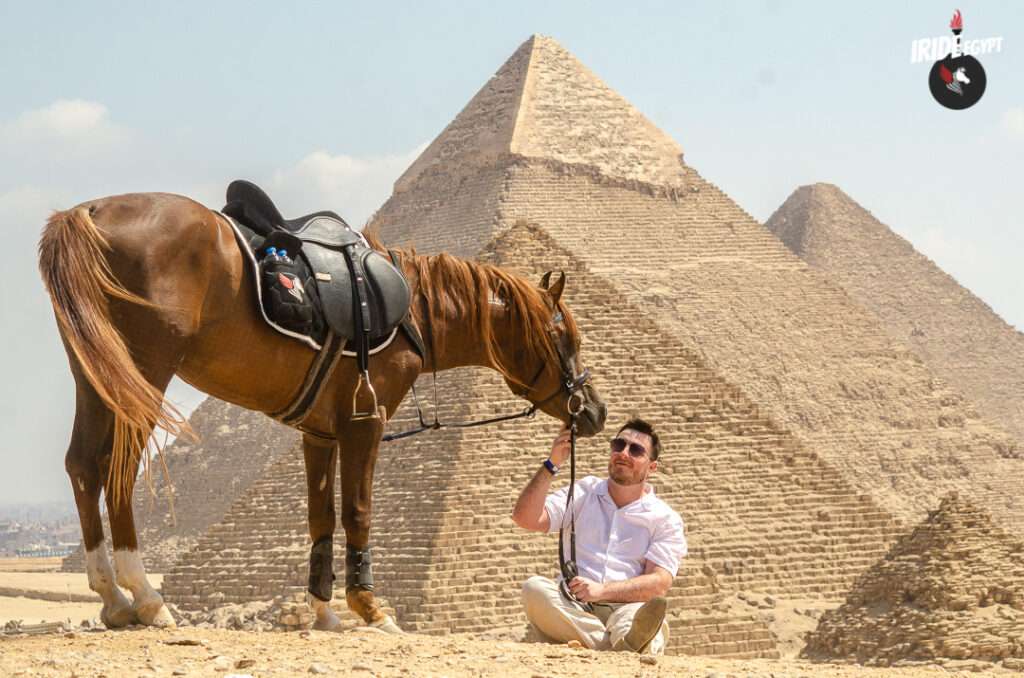







kamagra c.o.d doručování přes noc
kamagra lékové interakce
purchase xifaxan no prescription online
get xifaxan purchase line
online order rifaximin australia purchase
order rifaximin generic usa
avodart super best prices
avodart without a perscription overnight shipping
Buy generic staxyn no perscription
staxyn online without prescription
cheapest prices for generic itraconazole
cheapest buy itraconazole generic is it safe
cheap non prescription gabapentin
cheapest buy gabapentin low price
discount fildena generic usa
discount fildena generic in united states
usa fhizer dutasteride
canadian pharmacy dutasteride
cheapest buy flexeril cyclobenzaprine cheap from india
how to buy flexeril cyclobenzaprine cheap where
ordering androxal generic available
get androxal cheap canadian pharmacy
kamagra en ligne sans ordonnance
kamagra uk avez-vous besoin d’une ordonnance
buying enclomiphene generic how effective
online order enclomiphene buy safely online
Your point of view caught my eye and was very interesting. Thanks. I have a question for you.
Thanks for sharing. I read many of your blog posts, cool, your blog is very good.
Can you be more specific about the content of your article? After reading it, I still have some doubts. Hope you can help me.
I don’t think the title of your article matches the content lol. Just kidding, mainly because I had some doubts after reading the article.
I don’t think the title of your article matches the content lol. Just kidding, mainly because I had some doubts after reading the article.
Your point of view caught my eye and was very interesting. Thanks. I have a question for you.
Thank you for your sharing. I am worried that I lack creative ideas. It is your article that makes me full of hope. Thank you. But, I have a question, can you help me?
Thanks for sharing. I read many of your blog posts, cool, your blog is very good.
Can you be more specific about the content of your article? After reading it, I still have some doubts. Hope you can help me.
I am really inspired with your writing abilities as well as with the layout to your weblog. Is this a paid topic or did you customize it yourself? Anyway stay up the excellent high quality writing, it is uncommon to look a great weblog like this one today!
Can you be more specific about the content of your article? After reading it, I still have some doubts. Hope you can help me.
Your point of view caught my eye and was very interesting. Thanks. I have a question for you.
Thanks for sharing. I read many of your blog posts, cool, your blog is very good.
I don’t think the title of your article matches the content lol. Just kidding, mainly because I had some doubts after reading the article.
Your article helped me a lot, is there any more related content? Thanks!
Your article helped me a lot, is there any more related content? Thanks!
I don’t think the title of your article matches the content lol. Just kidding, mainly because I had some doubts after reading the article.
Your point of view caught my eye and was very interesting. Thanks. I have a question for you.
Your article helped me a lot, is there any more related content? Thanks!
I don’t think the title of your article matches the content lol. Just kidding, mainly because I had some doubts after reading the article.
Your article helped me a lot, is there any more related content? Thanks!
Your article helped me a lot, is there any more related content? Thanks!
Thanks for sharing. I read many of your blog posts, cool, your blog is very good.